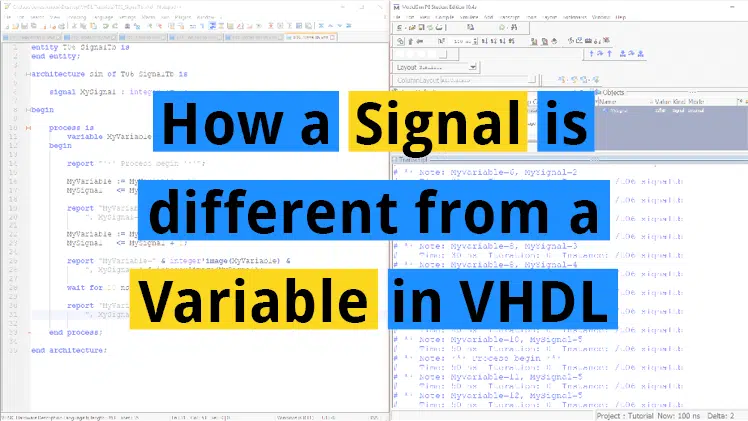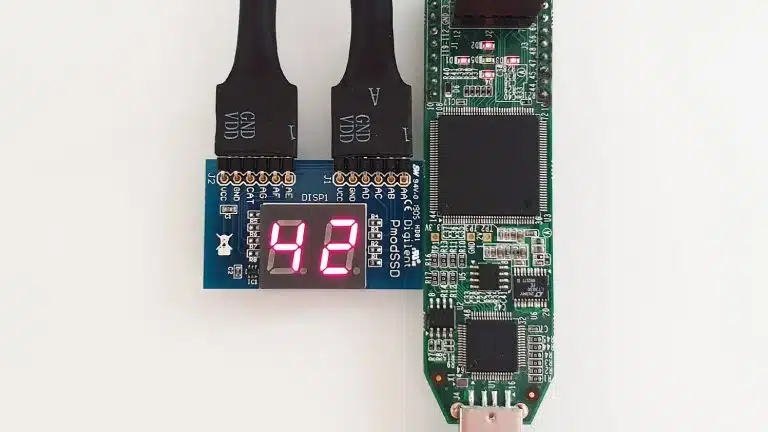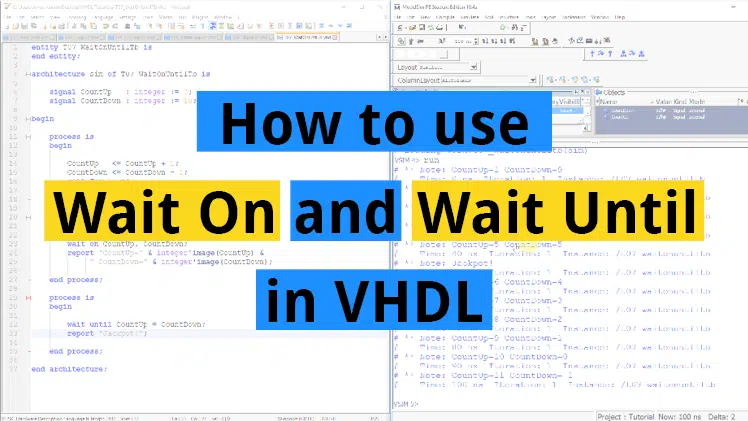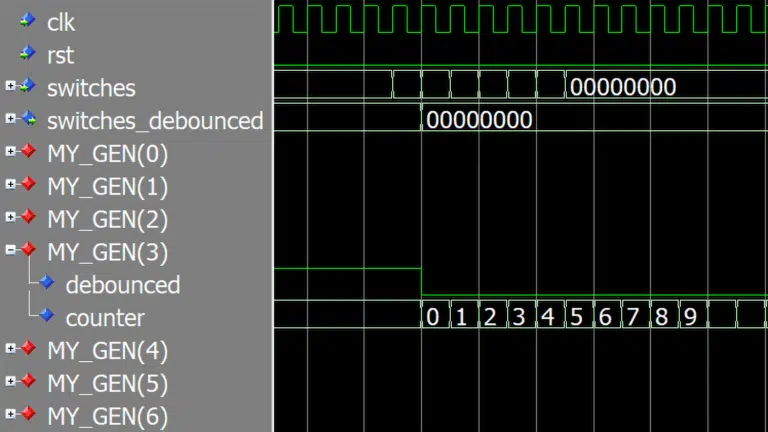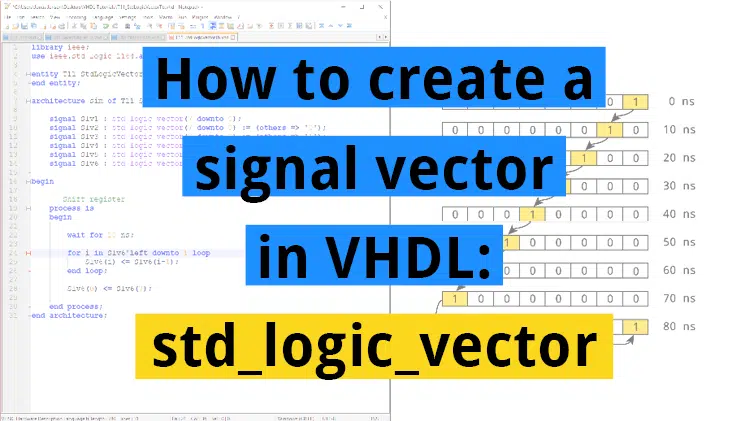
Although VHDL and FPGA tools are often very expensive, it is easy to access state-of-the-art software for free if you are a student. There are several simulators, editors, and IDEs for working with VHDL. This article shows you how to install two of the most popular programs used by VHDL engineers.
VHDL simulator
Siemens EDA’s (formerly Mentor Graphics) ModelSim is the most common VHDL simulator out there, and chances are that you will have to use either ModelSim or the QuestaSim flavor of the program in your first VHDL job. It’s good design practice to make your code as portable as possible, and the code in this blog is no exception. Should you have access to another VHDL simulator, just go ahead and use it; it should work similarly.
Licenses for VHDL simulators are very costly, but luckily, several free and legal versions of the ModelSim VHDL simulator are available.
Click here for a list of free VHDL simulator installation options for Windows, Linux, or Mac
VHDL editor
You can write code directly in the built-in editor in ModelSim, but you are better off using an external editor. I will use Notepad++ for my tutorial series, which is a good, free alternative for Windows. It also has a VHDL plugin for syntax highlighting.
Here’s a screencast of how to download and install the editor and VHDL plugin:
When you have successfully installed ModelSim and Notepad++, you have everything you need to start learning VHDL!
Take the basic VHDL tutorials here >>
Perhaps you are thinking: “What about hardware? Don’t I need an FPGA development board or something?”. Eventually, you will want to try out your code on real hardware, but for the sole purpose of learning VHDL, a simulator is all you need.

